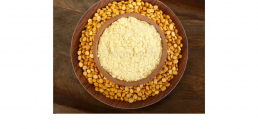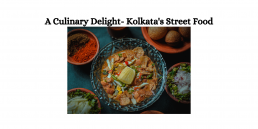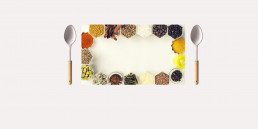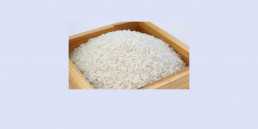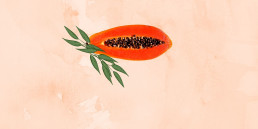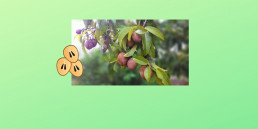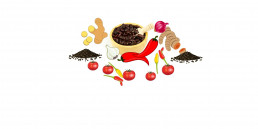Hello,
How have you been? I’m sorry for being away for so long. But I was extremely caught up in self-publishing my second eBook: Colors of the Global Community. A collection of 19 short stories.
Anyway, It’s great to be back! And what is more exciting is that I am reintroducing this section of the blog with a short write-up on one of the most mouth-watering and enjoyable breads of all time- NAAN.
So let us dive into the Story of the Naan
North Indian food has its own takers. It’s no longer restricted to the Indian sub-continent. People in countries across the world relish curries and ‘’tikka masalas’’ be it the United Kingdom, USA, or anywhere else.
The basic options that one gets when they visit any restaurant are made of paneer, chickpeas, kidney beans, vegetables, and a few kinds of lentils or dal.
But the bread section of the menu card equally excites the client as there is a whole range of options available to choose from.
A regular menu would look like the following:
- Kulcha (a kind of flatbread): Cottage Cheese, Potatoes, or Onion stuffing
- Pudina Paratha
- Tandoori Roti
- NAAN:
- Plain Naan
- Butter Naan
- Kashmiri Naan
- Garlic Naan
- Chur Chur Naan
Well, isn’t this list itself tempting and mouth-watering? But out of the entire list, I feel Naan is the most enjoyed flatbread of all times. I mean just look at the variety and I assure you this is not even the full directory.
Naan is known by names in different parts of the world-Nan Bya in Myanmar, and Roti Canai in Indonesia. In China, the citizens enjoy ‘Chinese Naan’, while Indian cuisine restaurants in Japan serve the traditional Nan made in Tandoors. Apart from the sub-continent, residents of Iran, Azerbaijan, and Uzbekistan have this flatbread as part of their cuisine.
This leavened bread is definitely enjoyed by the masses. But at one time it was strictly for the Kings and noblemen of the Delhi Sultanate. According to the noted Indo-Persian poet, Amir Khusrow – the royals of the Sultanate introduced ‘Nan-e-Tanuk’ and ‘Nan-e-Tanuri’ – two kinds of leavened bread. He goes on to explain that the former was light and not baked in a clay oven. While the nan-e-tanuri was a thick bread, baked in a tandoor or clay oven.
Even Mughals would savour naan as bread for breakfast. The commoners were not privy to this bread of the Royals. Popular theories suggest that Naan was introduced to the Indian Sub-continent when yeast (a key ingredient in making the flatbread) was imported from Egypt. And this occurred before the rise of the Delhi Sultanate.
Well now ordinary folks like us have the good fortune of enjoying this bread whose name has Persian origins – let me ask you a question:
Have you ever tried making the Nan-e-Tanuri or Nan-e-Tanuk at home? If yes, comment in the section below.
And for those who haven’t, it’s not very difficult. The ingredients are readily available in the market. It can be made with Flour or atta or a combination of both. You will need yeast, ghee, milk, or yogurt. A few varieties of the dish also need egg but nan can be eggless. Especially for the strict Hindus and Jains. Cheese, Onion, Paneer, Potatoes, Raisins, and certain non-vegetarian stuffing give these mouth-watering ‘curry scoopers’ fantastic flavour and taste.
That’s all for now! I assure you that you will be hearing from me very soon. Till then
Bye…
Kindle Unlimited Subscribers can download my book for free.

